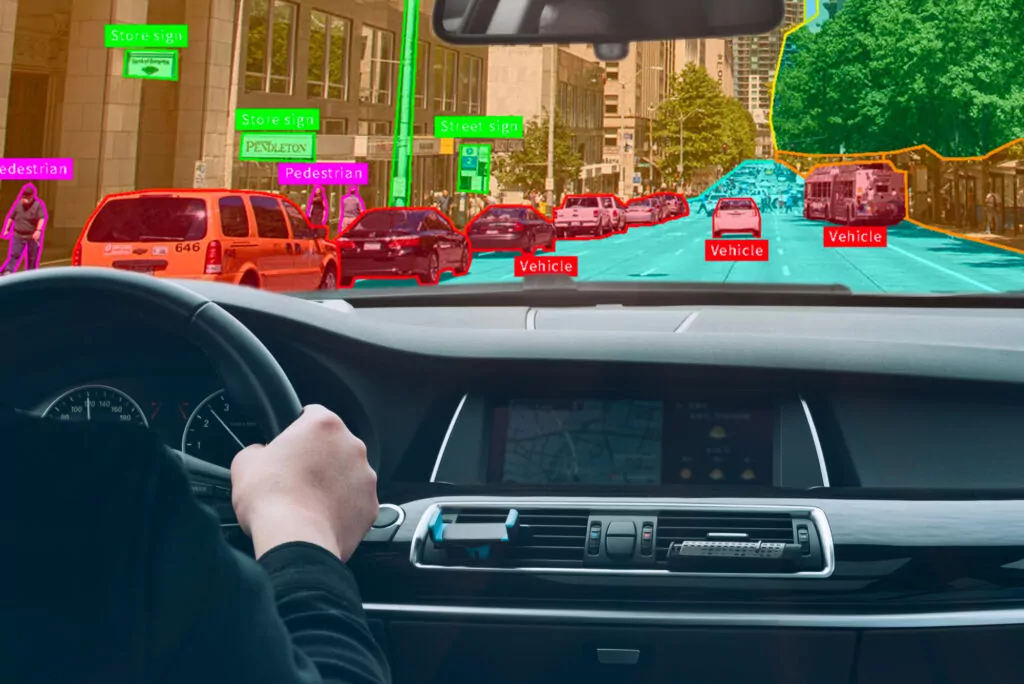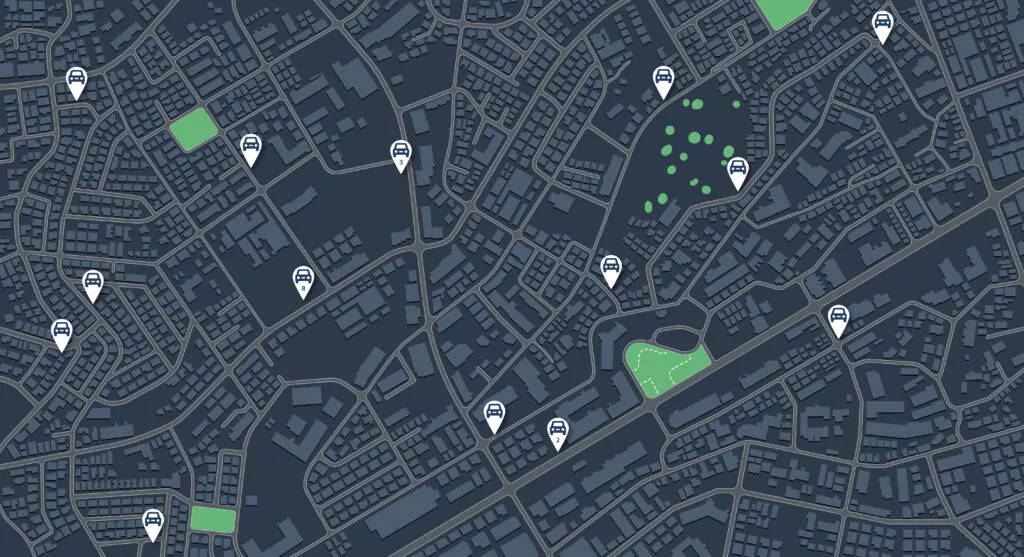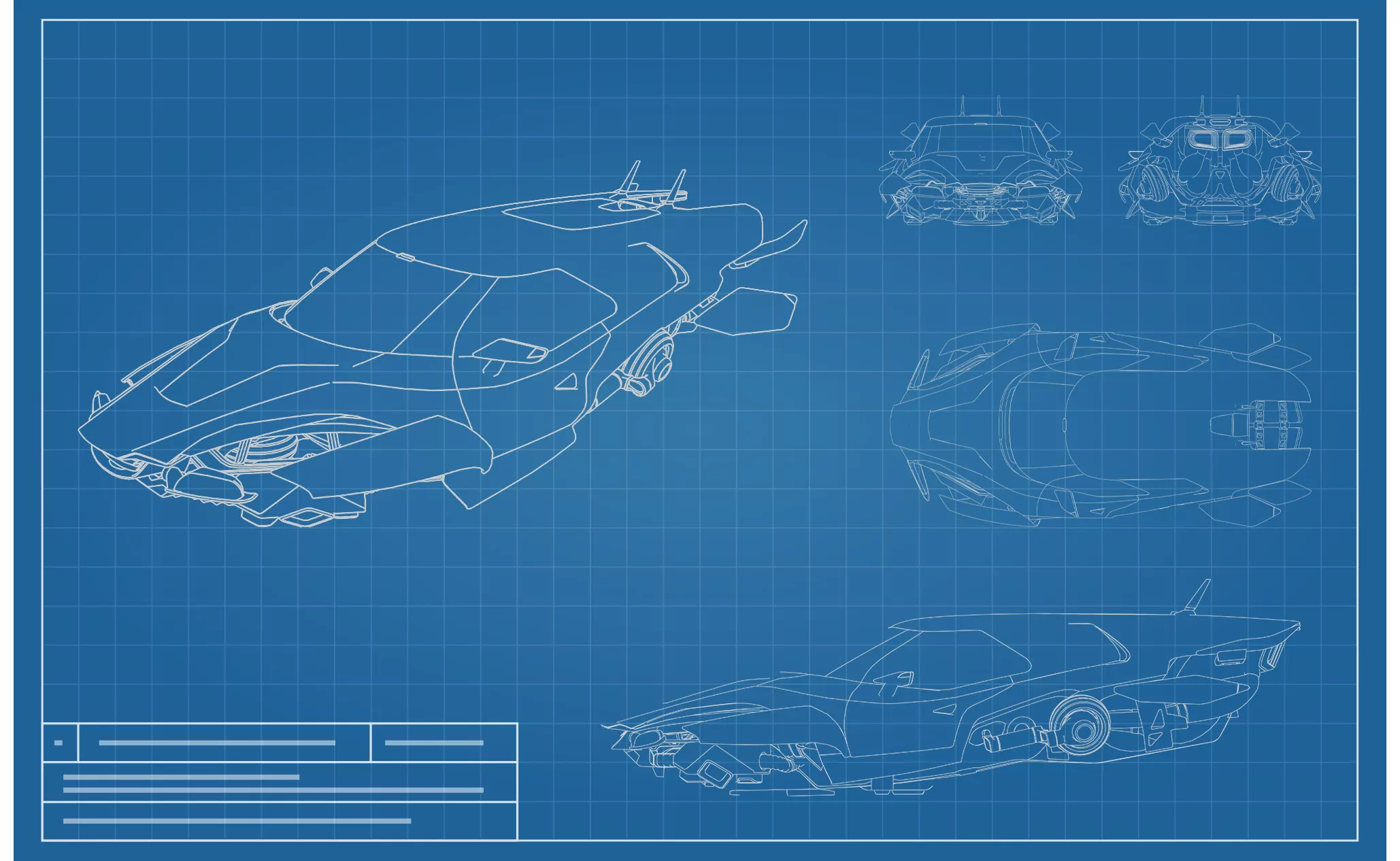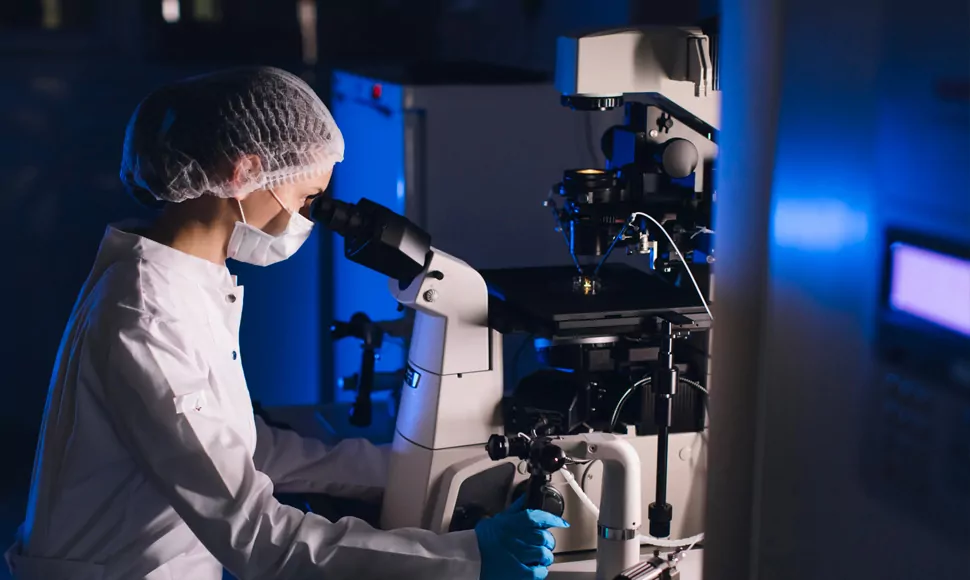The automotive industry is one of the most dynamically moving (You see what we did there, don’t you?) market fields. It’s also the second most data-driven sector. Each decade brings further enhancements, spectacular changes, and new solutions, some of which are quickly discarded while others continue to shape the cars of the future.
Is the future already here?
When thinking about futuristic cars, pop culture made us yearn for the incredible KITT known from the Knight Rider series, vehicles spiked with useful gadgets used by James Bond, and the unforgettable DMC DeLorean from the Back to The Future movies.
How has technology changed cars?
For many petrolheads, applying new technology in the automotive industry is unnecessary, as, in their opinion, car design and performance reached their peak in the 80s and 90s. Many drivers however admit that the vehicle evolution shouldn’t stop at headlight wipers.
So, Hollywood magic aside, how does today’s technology change cars and what is there to come for the industry? Are we already cruising in cars of tomorrow?
Probably the most visible technologies shaping the industry include the shift towards electric vehicles. Since hybrid and electric cars are becoming more and more competitive, their market share will continue to grow. Since we’re over the fact that we won’t be driving flying cars or get the chance to befriend KITT anytime soon, let’s break down what the automotive transformation has already changed – for the better.
Autonomous vehicles
Just a few decades ago driverless cars seemed like pure sci-fi yet here we are, driving around hands-free and minding our own business, while the autopilot keeps its eyes on the road. Since autonomous cars are capable of sensing the environment and responding immediately to encountered obstacles and occurring events, a human driver is not necessary anymore. The human doesn’t even need to be in the car! Or – that’s how the manufacturers wish it would work like, but we’re still not there. Yet. What have we come to, passenger-less cars, who would have guessed?

Since most probably the future of the automotive industry is electric, self-driving cars, more and more manufacturers enter the race. It was Tesla that stirred the general public imagination, but the Texas-based innovative manufacturer is not a lonely driver anymore. The biggest European and Asian car moguls decided to integrate driving assistants to enable their clients to drive without holding the wheel as well, enhancing competition.
Self-parking systems
Autonomous cars’ relative, the parking assistant, makes vehicles more attractive by simplifying drivers’ lives. While still enjoying full control over the automobile on the road, drivers can choose not to park on their own. It’s not just placing the vehicle in any random free spot in the lot – the system will remember drivers’ preferences and notify them once they absent-mindedly pass by their favorite place.
Each manufacturer’s system has a different name, but the working principle is similar. Self-parking cars use integrated cameras and sensors to prevent collisions and properly maneuver, keeping the vehicle on the right track. Parallel or perpendicular parking? Not a problem. A sneaky curb or other cars standing in the way? The self-parking system will find a way.

Biometry
Biometrics have the power to enhance car users’ experience. No more manually adjusting the seat and steering wheel after each switch between drivers, the vehicle will remember preferences. Once seeing the familiar face, the system automatically adjusts each regulated piece inside the car, including temperature and map settings.
Applying digital assessment to biological features is not only about convenience. With the growth of automotive biometrics, vehicle security can be increased. Employing a system remembering unique physical traits (facial recognition, fingerprints) allows drivers to fully embrace the possibilities of keyless ignition, keyless door opening, and surveillance. Digital solutions focused on the user monitor their health. Whether it’s fever, excessive driver fatigue, sleepiness, or drowsiness, the vehicle recognizes potential hazards in road traffic. Using automotive biometrics contributes to better alertness during driving and improved security.
Digital twins
Digital models, representing physical assets in 3D, allow designers to try out assumptions prior to/instead of using traditional measures. Advanced software gathers sensor and inspection data, configuration details, and other bits of information. Digital twins mirror the appearance and behavior of the entire car or its components.
Industrial companies, including car manufacturers, value the potential digital twins carry. 3D representations streamline the design and production process, contributing to better performance of the vehicle and reducing costs on the manufacturers’ side. From car design to predictive maintenance to boosting sales with digitally created models, the twin technology is becoming one of the most popular software solutions in modern car manufacturing.
Generative Adversarial Networks (GAN)
GAN, neural networks, are a class of machine learning algorithms used to create images based on provided picture sets. The automotive industry uses GAN in generative design to boost additive manufacturing with AI. Employing GAN and coupling it with in-depth data analysis and 3D printing, car manufacturers can achieve results previously impossible to obtain using traditional methods. One of the opportunities is injection molds, allowing producers to create unusual shapes and construction, opening new ways for the more and more desired customization.
Quality assurance
Car manufacturing giants like BMW employ artificial intelligence in their production lines. Companies entrust AR with quality control, as even the most meticulous workers are prone to fatigue that can result in errors. On the contrary, algorithms can work error-free, 24/7. In Bavaria-originating manufacturer’s plants, the car assembly process takes on average 30 hours. From the floor plate to a complete vehicle, production generates extensive data sets, useful in improving the cycle.
For instance, the plant marks all metal sheets with lasers. The engraved codes allow processing stage tracking, aggregating details and parameters. As a result, the factory can cut the necessary inspections down, as algorithms signal the need for part replacement, unburdening staff from constantly monitoring machinery condition. The manufacturing plant employs digital tools to supervise over dusting levels in the paint shop, test car keys calibration, and perform other tasks.
New technology in the automotive industry doesn’t end with digital solutions applied to vehicles per se. Answering the changing users’ needs (and manufacturers too) calls for employing top-notch tools.
Shared mobility
Digital transformation in the automotive industry includes software solutions aimed at service improvement. More and more people living in big cities depart from owning cars in favor of alternative options. When a car is necessary, shared mobility companies give a helping hand, providing ready-to-drive vehicles to be used only when they’re needed. Repairs, check-ups, car insurance? Users don’t need to bother with these aspects, as the service provider takes care of it.

Shared mobility solutions entail managing extensive data sets to understand their customers’ behavior, forecast the demand for vehicles, plan their distribution across desired areas, and, as a result, enhance customer experience and satisfaction. Digital tools are there to analyze data, visualize it, and put it to good use, for example, parking shared vehicles at the right time and in the right place once such demand is recognized.
Knowledge retention & management
Employee training and knowledge retention in case of generational change is a vital matter across numerous industrial sectors. What is special about the automotive industry is the sudden need to train not only employees replacing the retiring generations, but also a new workforce specializing in electric vehicles (EV).
Even in the most advanced manufacturing plants processes can be mundane or troublesome, burdening staff with excessive workload. On-site employee skill-building can be streamlined by adopting augmented reality solutions. As a result, staff undergoes standardized training, the process can be shortened, and use fewer resources, e.g. trainers’ time. AR allows precisely guided, step-by-step courses, overseeing results, and gathering data for future reference.
Will the top technology trends in the automotive industry grow?
There are no indications for the car industry to return from the once chosen path. The sector faces various challenges, and the automotive digital transformation is most probably the best shot companies can take at future-proofing their operations.
Pain points in the industry for technology to solve:
- Knowledge retention, mitigating the generational change effects
- Training a whole new generation of employees such as EV technicians
- Improving the manufacturing process
- Changes in customer behavior, preferences, and expectations
- Restrictive regulations
- High competition
- Availability of materials and components
While not every challenge can be addressed directly with digital solutions, modern technology drives the automotive industry. From autonomous vehicles, through digital twins and predictive maintenance, to customized services, new technology in the automotive industry will continue to deliver futuristic cars we get to ride aside from watching on the silver screen.
The undeniable impact of the newest technologies on cars has already reached our homes.
With over 50 countries manufacturing and assembling vehicles and millions of cars getting into the market annually, the range of possibilities to improve with digital technology will only grow.
Are you looking for a digital transformation partner for your automotive company? Let’s have a chat and see where we can get together with the help of technology.





